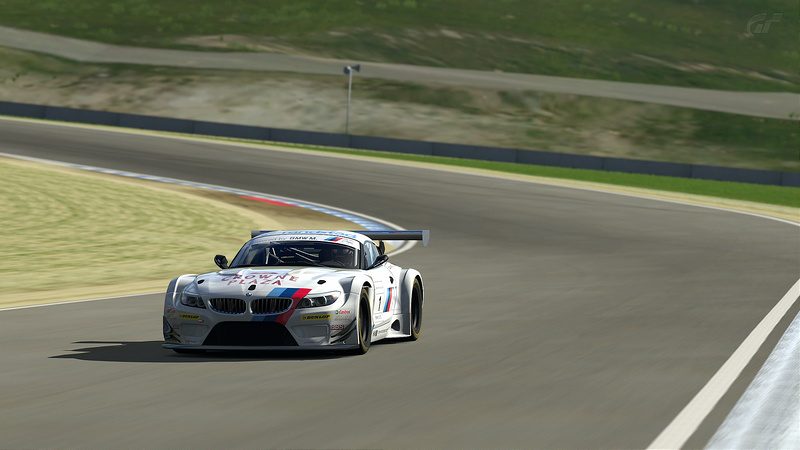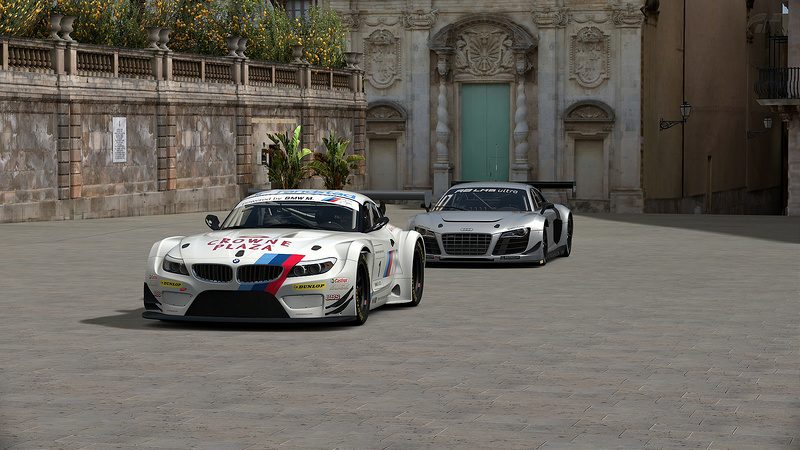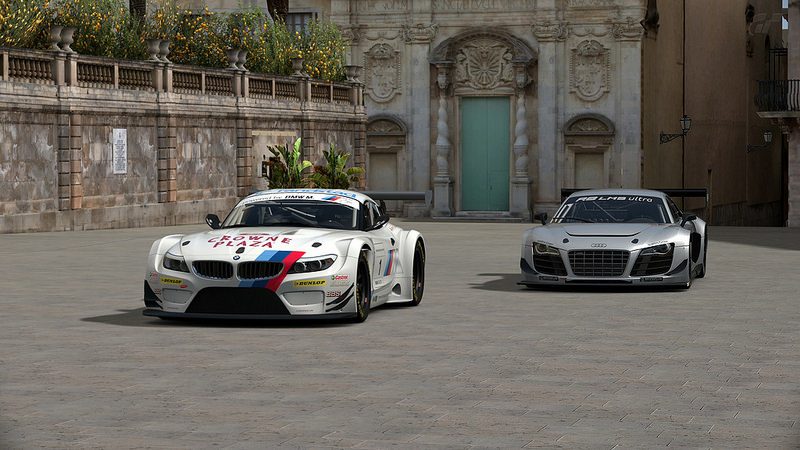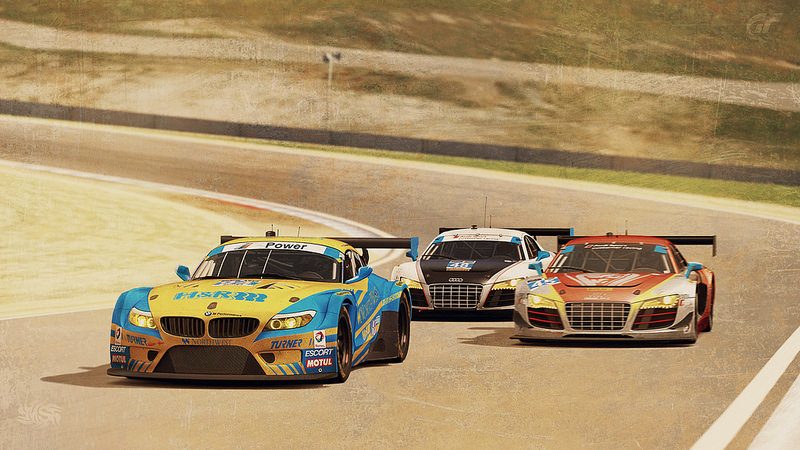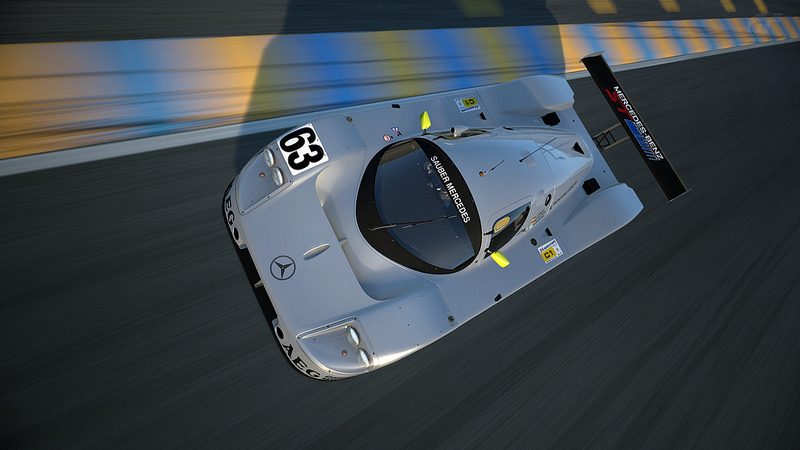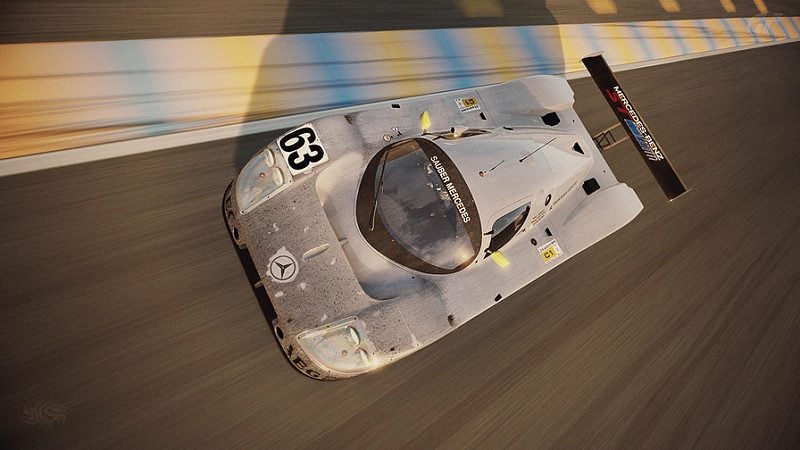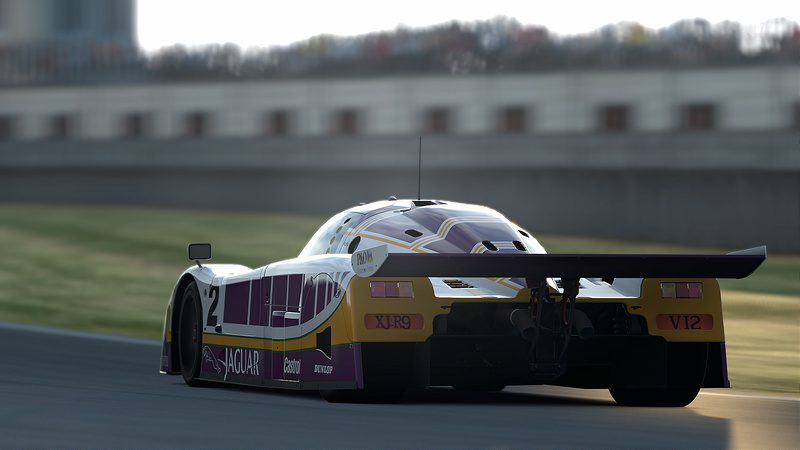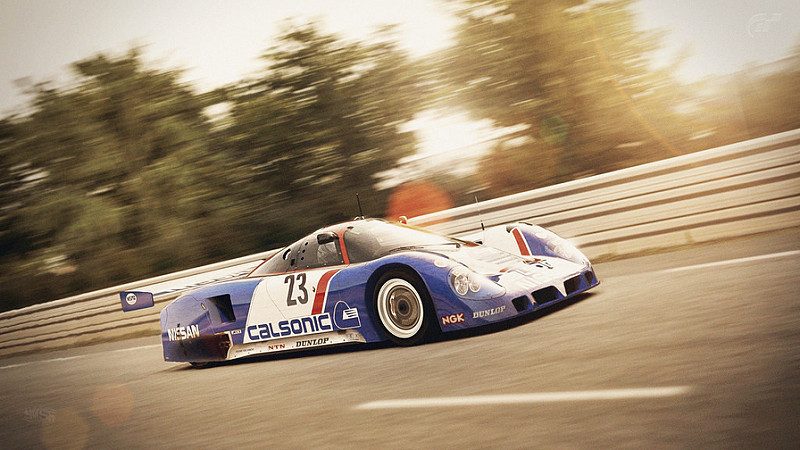 3D Ferrari Enzo Gemasolar
3D Ferrari Enzo Gemasolar by
Metalsun1, on Flickr
Some of you will recognize these photos quickly but for the rest, get ready for some ocular gymnastics. These are stereoscopic images. One of various ways to represent a 3D image using 2D photos. I wanted to do this for a while but now got around to it. I have prepared these shots for you to see using the freeviewing “cross-eyed” method.
First, a little background. We perceive depth in space because of our binocular vision; one eye sees a different image than the other. Place your finger in front of you and close one eye while the other is open, then switch back and forth. Our brain takes into account the differences in the images, eye position and ocular lens focus in our eyes to determine depth.
To see these images correctly, here comes the gymnastics:
1. Position yourself directly in front and centered on the image.
2. Cross your eyes, but not too much, no need to embarrass yourself. You will see two images at first. Slowly ease up and straighten your eyes. The images will begin to get closer and join and end up with what seems 3 images. Keep your attention on the center one.
3. An alternative way would be to look and place you finger in front of your nose then slowly move your hand closer to the computer monitor.
4. Now, to work on you focus. This is completely unnatural, but some might get it right away. If not, keep staring at the center image and give it some time to get the focus right. Eventually, you’ll see it in complete focus and get blown away!
 3D Lamborghini Aventador Syracuse
3D Lamborghini Aventador Syracuse by
Metalsun1, on Flickr
“That’s crazy, how’d he do that?” Well, it’s quite simple. We need to recreate with our GT6 cameras what we do normally with our eyes. That is, take an image of our subject, then move the camera some distance away and take the other image. Use your photo editing software to combine the photos into one side-by-side image. Easy, right? Kind of. Things to consider:
1. At first, I tried to move the camera at similar distance as that of our eyes. Unfortunately, there is little effect on the 3D perception. So I increased the distance little by little, so much that then it became awful. So, you need to find that sweet spot in the middle.
2. Find a place in your image and define it as your center. That is where you will aim your camera reticle and take the shot. Your focus point could be somewhere else. On the second image, move the camera slowly some distance and use the same center reference.
3. Remember, the 3D effect works because of the differences in the images. So compose your shots to take advantage of different depths. A car with distant mountains is not “gonna” do it. You will end up with a “cardboard” car in a flat background. Put your subject in the middle of the environment. Case in point, look below at the way not to go.
 GTR Nurbergring
GTR Nurbergring by
Metalsun1, on Flickr
4. The depth-of-field adjustments of the f-stop will work, but be careful. Bokeh images look great in 2D but when using this method, the foreground and/or background will be blurry. This effect will mask out any differences in the images making them a little more flat, unless, that’s what you wanted to do for that particular image. Try to keep the image sharp.
5. If you "see" it and it still looks weird, switch positions. Your right photo image to your left side of your finished composition.
I hope this opens up a new world for you guys to explore. A good photo is not good enough, you now need to consider an effective 3D scene. Hey, after thinking about it, this is an effect that can be easily included in the game by PD.

 3D Ferrari Enzo Gemasolar by Metalsun1, on Flickr
3D Ferrari Enzo Gemasolar by Metalsun1, on Flickr 3D Lamborghini Aventador Syracuse by Metalsun1, on Flickr
3D Lamborghini Aventador Syracuse by Metalsun1, on Flickr GTR Nurbergring by Metalsun1, on Flickr
GTR Nurbergring by Metalsun1, on Flickr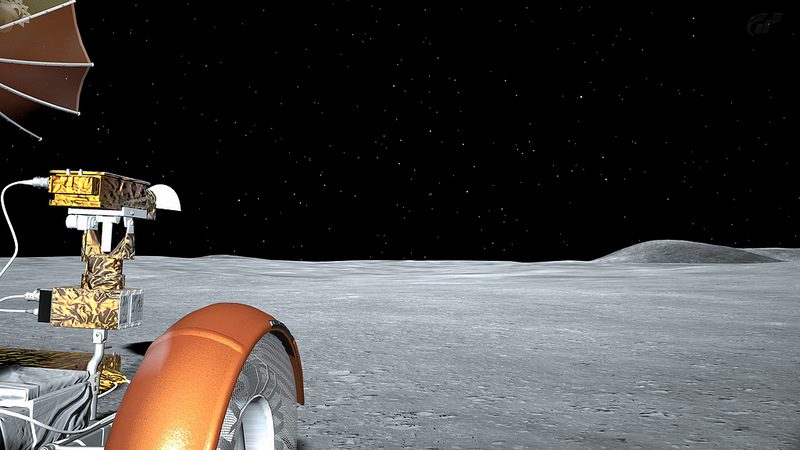


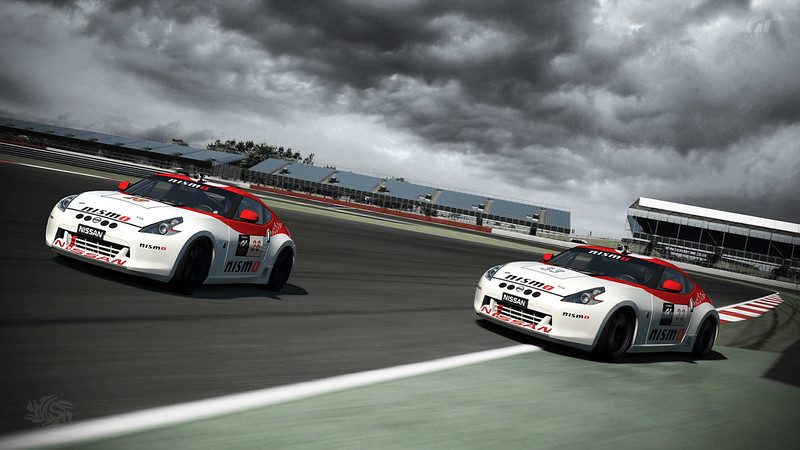
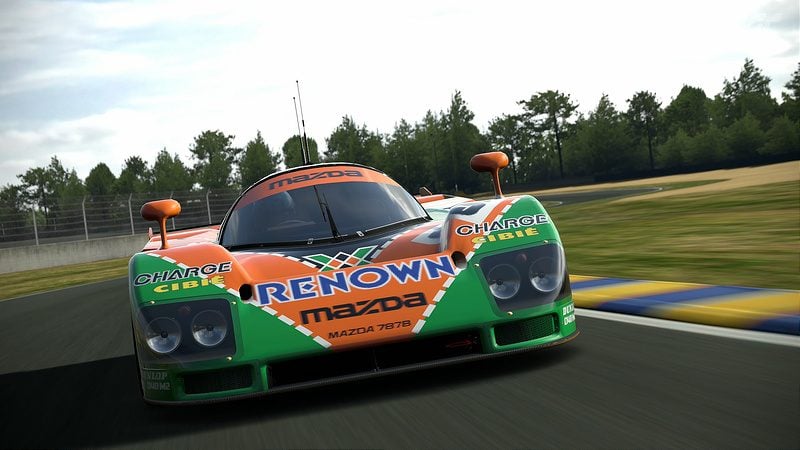


 The dirt build up, subtle lens flare as well as the enhanced light reflections all add to the convincing realism of the shot. Brilliant work!👍
The dirt build up, subtle lens flare as well as the enhanced light reflections all add to the convincing realism of the shot. Brilliant work!👍